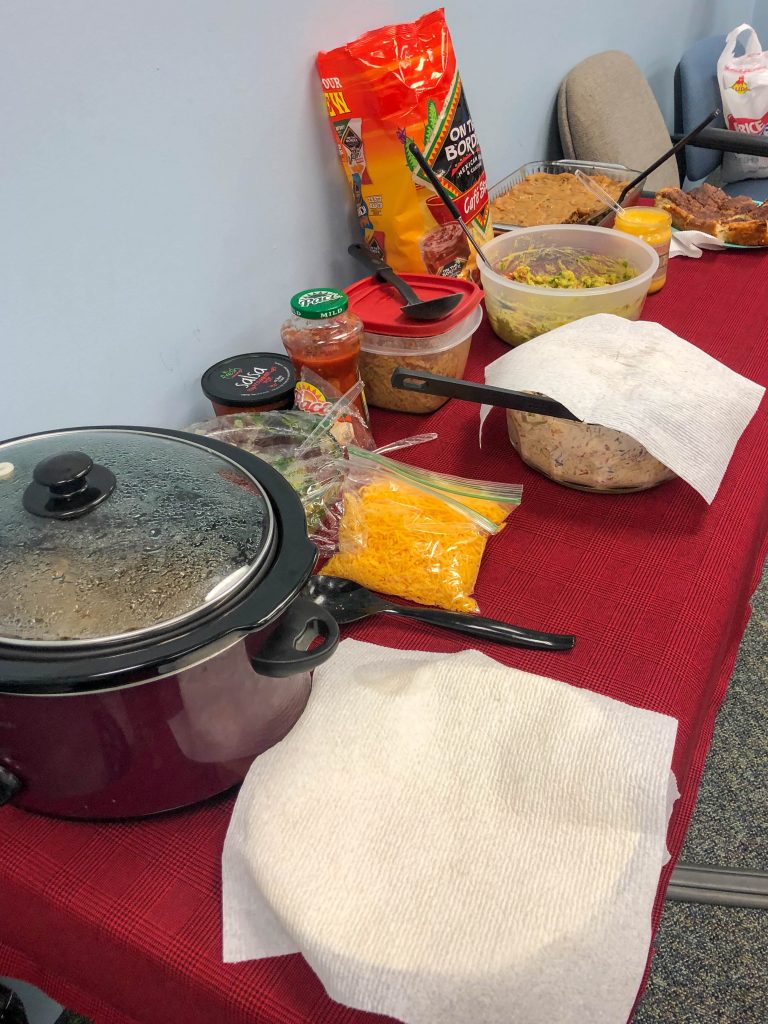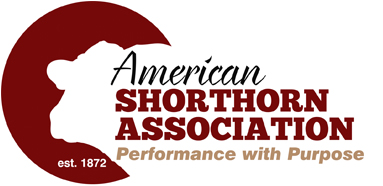 Our time here at the American Shorthorn Association has flown by and we’re sad to say goodbye, but so grateful for our time we have been in the office. We have all learned many new skills and are so happy to have had this adventure. Working in a breed association and the agricultural industry has allowed us real life experience and has given us a taste of future career possibilities. Although we all come from a different breed, the Shorthorn breed is something special to us now.
Our time here at the American Shorthorn Association has flown by and we’re sad to say goodbye, but so grateful for our time we have been in the office. We have all learned many new skills and are so happy to have had this adventure. Working in a breed association and the agricultural industry has allowed us real life experience and has given us a taste of future career possibilities. Although we all come from a different breed, the Shorthorn breed is something special to us now.
To say goodbye to the staff, we had a little potluck to celebrate our internship before we finished our final days. We took our favorite recipe from the NJSS beef-cook off contest and prepared it for the office as the main dish. We made grilled steak taco’s with poblano-mango salsa. Our apartment doesn’t have a grilled, so we improvised and cooked them stove top. After cooking, we cut them into bit size chunks that were great size to put in tortillas. We had all the “fixings” to build your own taco and the other staff made side dishes and desserts. We had an array of Mexican dishes that went along with the tacos perfectly. It was a great time to enjoy the company of the office. Below you can find the recipe for the steak taco’s!
As we say goodbye to the office, we would like to thank the staff for putting up with us and providing such a fun and enjoyable work atmosphere. As we part ways, Wade and Wyatt will head back to finish their senior year of college and Faith will move home and continue her search for her dream job. We thank the ASA and their members for having such an amazing association and wish you the best of luck in your future as you continue to build the success of the Shorthorn breed.
Grilled Steak Tacos with Poblano Mango Salsa
Ingredients:
1 pound of boneless steak
2 medium poblano peppers
1 medium onion, cut into 1/2” thick slices
2 cloves garlic – minced
1 teaspoon ground cumin
1 medium mango
1/4 cup chopped fresh cilantro
1/4 cup fresh lime juice
8 small corn tortillas (6-7 inch diameter)
Fresh Cilantro Sprigs & lime wedges (optional)
Instructions:
1) Grill peppers and onions over medium heat for 10 to 15 minutes, or until tender, set aside
2) Combine cumin and garlic, press onto steaks. Place steak on grill over medium heat, cook for 8-13 minutes.
3) Remove and discard skins, stems and seeds from peppers when Coll enough to handle. Chop peppers and onions. Combine veggies, mango, chopped cilantro, lime juice and salt in a medium bowl. Set aside.
4) Place Tortillas on grill. Grill for 30 seconds or until heated through and browned lightly.
5) Carve steak and season with additional salt. Top tortillas with equal amounts of beef and mango salsa. Garnish with cilantro sprigs and lime wedges, if desired.





![[ Random Image ]](/wp-content/themes/shorthorn/headers/header2.jpg)


 Our names are Wade, Wyatt, and Faith and we will be your entertainment (interns) for this summer’s tour. The biggest show of the year is scheduled in Lebanon, Tennessee, on June 17. We have been very busy preparing for the performance of the year and we’re ready for a week of “Strumming a Shorthorn Tune!” Our band members and stage crew here at ASA are excited for a fun filled week and can’t wait for the final performance!
Our names are Wade, Wyatt, and Faith and we will be your entertainment (interns) for this summer’s tour. The biggest show of the year is scheduled in Lebanon, Tennessee, on June 17. We have been very busy preparing for the performance of the year and we’re ready for a week of “Strumming a Shorthorn Tune!” Our band members and stage crew here at ASA are excited for a fun filled week and can’t wait for the final performance!